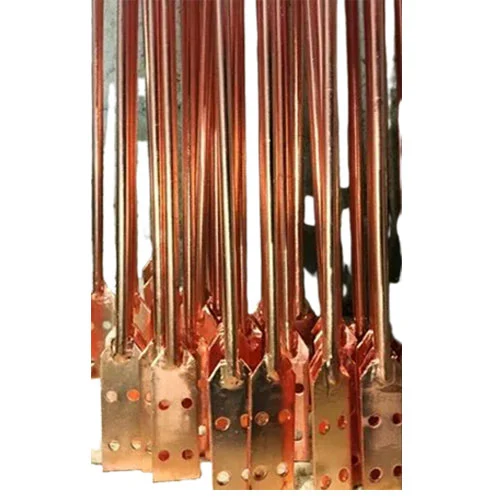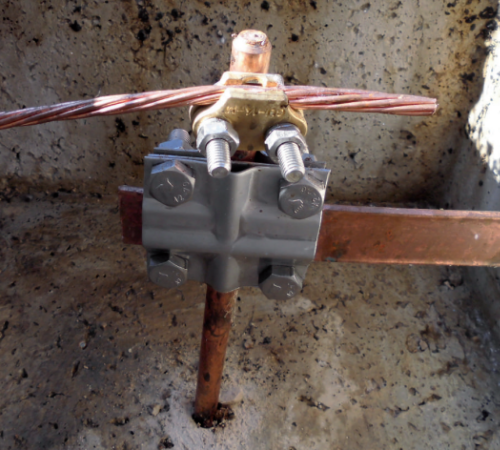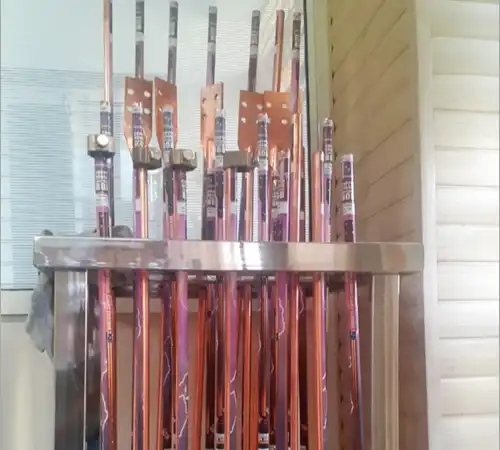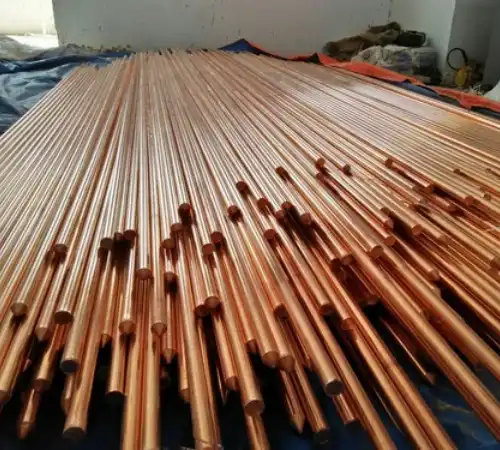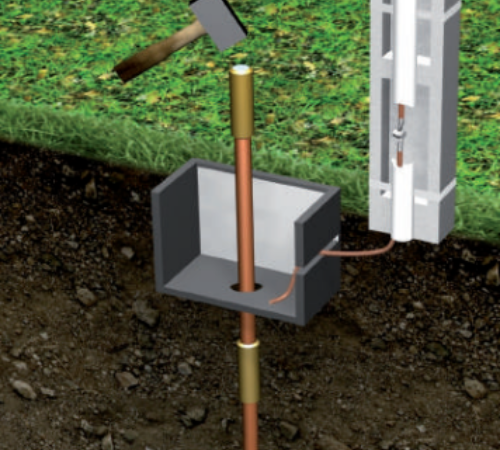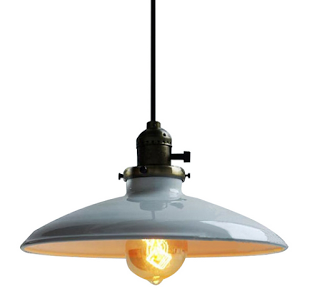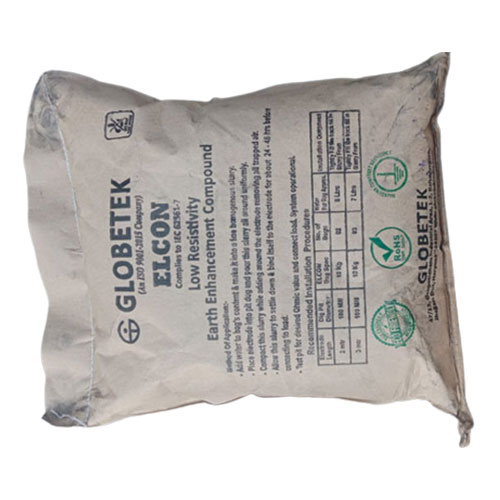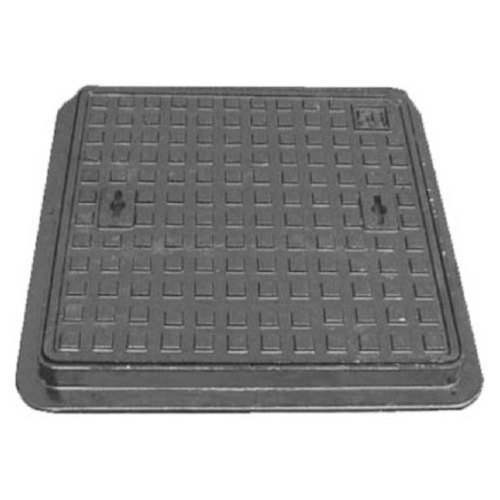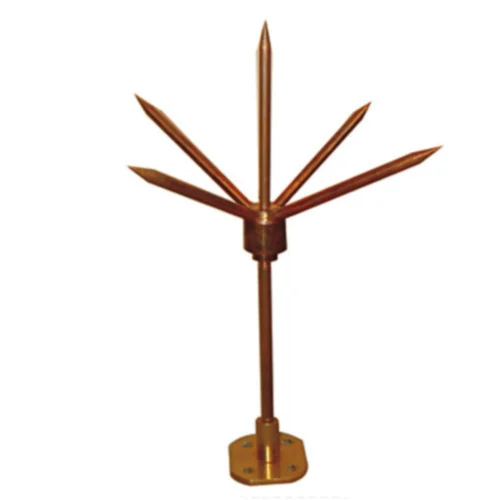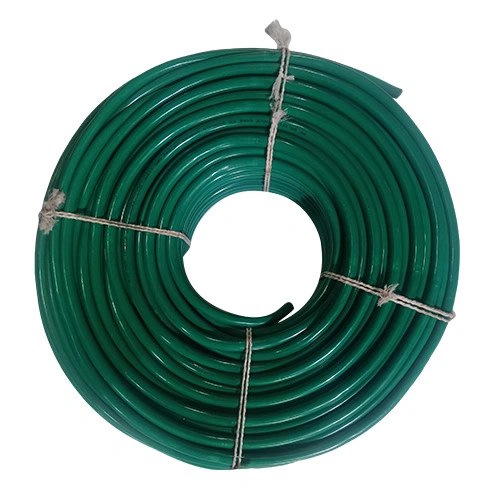Steel Strength: When mixed with yellow brass, galvanised steel automatically starts to dezincify. In contrast, copper-bonded rod maintains steel's high strength even better than pure copper because it is created through an electrolytic process in which copper and high-tensile steel combine to form a robust copper-bonded rod.
Installation: Installing GI rods underground is difficult since they must always be covered when in operation, which necessitates adequate protection for the area around the rod. The installation is simpler because of the strong mechanical strength of the copper-bonded material than if it were to be buried directly.
Effect of Water: Because GI contains lead, a high water level implies that GI intelligence is reduced, while copper-bonded GI can easily withstand water level and provide the same intelligence while operating in the earthing system.
Cost-Effective: Galvanized iron costs less than copper-bonded iron, but other GI rod defects need a hefty repair cost. The copper connection, however, calls for a one-time expenditure.
Longevity: Research by the National Electrical Grounding Research Project and the National Fire Protection Association has demonstrated that copper bonds have a lifespan of more than 40 years. While the lifespan of GI rods is only 8 to 10 years.
The conclusion is obvious considering that the information in the text above demonstrates that copper bonded has more advantages than GI. Additionally, according to several standards, copper-bonded rod is preferred. It satisfies the requirements of IEEE 80, UL 467, and IS 3043.
Both copper-bonded rods and galvanised iron rods are used in the earthing system to protect against fault current and securely pass it through the earth. Many individuals confuse copper-bonded rods and galvanised iron rods when it comes to what is superior. So, these are some of the top aspects that stand out.


